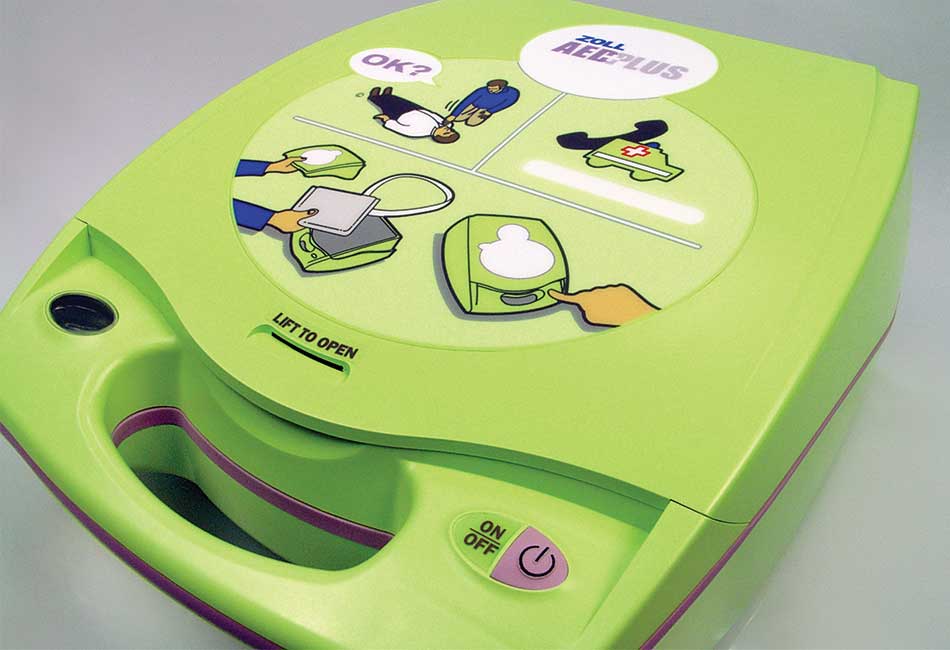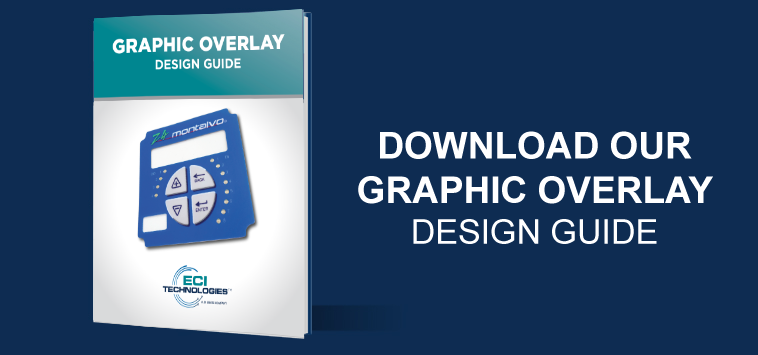The Value of Using Weather-Resistant Graphic Overlays in External-Use Equipment
Comprehending Exactly How Graphic Overlays Work to Improve Your Innovative Tasks
Graphic overlays work as a pivotal part in the world of innovative jobs, boosting both aesthetic interaction and audience interaction. By understanding their functionality and prospective applications, one can successfully raise not just the aesthetic charm yet additionally the quality of complex info. The successful combination of these overlays requires mindful factor to consider of layout principles and goals. As we check out the numerous kinds and finest practices, it becomes apparent that the appropriate method can dramatically influence task outcomes, leaving us to contemplate exactly how to harness these tools for optimal influence.
What Are Graphic Overlays?
Graphic overlays are aesthetic elements that are placed on top of a base picture or user interface to boost interaction and customer experience. They offer various objectives, consisting of giving added info, guiding user interaction, and improving aesthetic appeal. Typical applications of visuals overlays can be discovered in electronic interfaces, advertising and marketing, and instructional materials.

Graphic overlays are commonly produced using design software, allowing developers to adjust size, shade, and openness to attain the desired impact. Comprehending exactly how to properly implement visuals overlays is essential for designers aiming to elevate their creative projects.

Advantages of Making Use Of Graphic Overlays
Making use of graphic overlays can substantially enhance the effectiveness of visual interaction throughout various mediums. One of the primary advantages is the capacity to communicate complex information succinctly. By layering graphics, text, and photos, overlays promote the discussion of data in a more absorbable style, making it simpler for audiences to grasp vital ideas rapidly.
In addition, visuals overlays can improve visual charm, drawing focus to details aspects within a design. This is specifically helpful in marketing and advertising and marketing, where recording the audience's passion is vital. The tactical usage of colors, forms, and typography in overlays can produce a natural and appealing visual narrative, boosting brand acknowledgment.
Furthermore, visuals overlays give versatility in layout. They enable makers to adapt material for various platforms without starting from scratch, making sure uniformity across different networks. This flexibility is essential in today's electronic landscape, where web content should be enhanced for varied devices and formats.
Kinds of Graphic Overlays
When considering the different types of visuals overlays, it is necessary to acknowledge their diverse applications across various sectors. Graphic overlays can be classified Full Article mostly into 3 kinds: practical, decorative, and educational.
Functional overlays are designed to boost the usability of a product. Frequently located in digital tools, these overlays frequently give responsive comments with increased buttons or distinctive surface areas, enhancing individual communication. They can additionally function as a safety layer, safeguarding the underlying components from wear and tear.
Ornamental overlays concentrate on visual improvement, allowing brand names to share their identification via vibrant designs and custom graphics. These overlays prevail in product packaging, marketing, and point-of-sale materials, where aesthetic allure is crucial for attracting consumers.
Informational overlays, on the other hand, are used to share crucial data or instructions. They can be seen in applications such as signage, individual manuals, and training graphics, where clarity and readability are paramount.
Each kind of visuals overlay serves a distinct purpose, adding to the general efficiency of creative tasks while dealing with specific demands within numerous sectors. Comprehending these distinctions is vital for picking the best overlay for your project.
Ideal Practices for Application
To make sure the effective application of visuals overlays, it is important to develop a clear understanding of the task's goals and the specific demands of the end-users. Begin by carrying out comprehensive research study to recognize the target audience and their preferences, as this will notify style options and performance.
Next, produce a thorough strategy that lays out the overlay's purpose, layout, and assimilation process. This plan should consist of interface factors to consider, making certain that overlays enhance instead than click here now block the individual experience - Graphic Overlays. Keep and consider the aesthetic pecking order consistency in design elements, such as shade icons, typefaces, and plans, to promote brand name coherence
Testing is vital; collect comments from a depictive sample of customers to identify possible concerns and locations for improvement. Iterate on the design based upon user input and performance information. In addition, ensure compatibility across various tools and systems to make best use of availability.
Devices for Creating Overlays
Producing reliable graphic overlays needs the right devices to translate style principles right into functional applications. Different software application and platforms are offered, each customized to particular demands and skill degrees.
Adobe Photoshop and Illustrator are market standards, offering extensive capabilities for producing and controling overlays. These devices offer innovative attributes such as layer management, blending settings, and vector graphics, enabling designers to create premium and intricate overlays.
For those seeking a much more easy to use method, Canva and Figma are exceptional choices (Graphic Overlays). Canva's instinctive user interface allows users to create overlays rapidly utilizing pre-designed themes, while Figma facilitates collaborative design in real-time, making it optimal for teams
Furthermore, open-source alternatives like GIMP and Inkscape supply robust performances without look these up the linked prices of exclusive software application. These devices enable versatility in design and can accommodate various documents formats, guaranteeing compatibility across various systems.

Final Thought
In conclusion, visuals overlays serve as effective devices for improving imaginative tasks by supplying aesthetic clearness, aesthetic charm, and brand uniformity. By recognizing the essential concepts and benefits connected with visuals overlays, developers can significantly enhance the top quality and performance of their aesthetic interactions.
Graphic overlays serve as a pivotal component in the realm of innovative projects, enhancing both aesthetic communication and target market involvement.Graphic overlays are commonly developed making use of layout software application, permitting developers to manipulate transparency, color, and size to achieve the desired impact.Furthermore, visuals overlays can enhance aesthetic allure, drawing interest to certain elements within a design.Furthermore, visuals overlays give adaptability in layout.In conclusion, graphic overlays serve as powerful tools for improving innovative projects by supplying aesthetic quality, visual appeal, and brand name consistency.